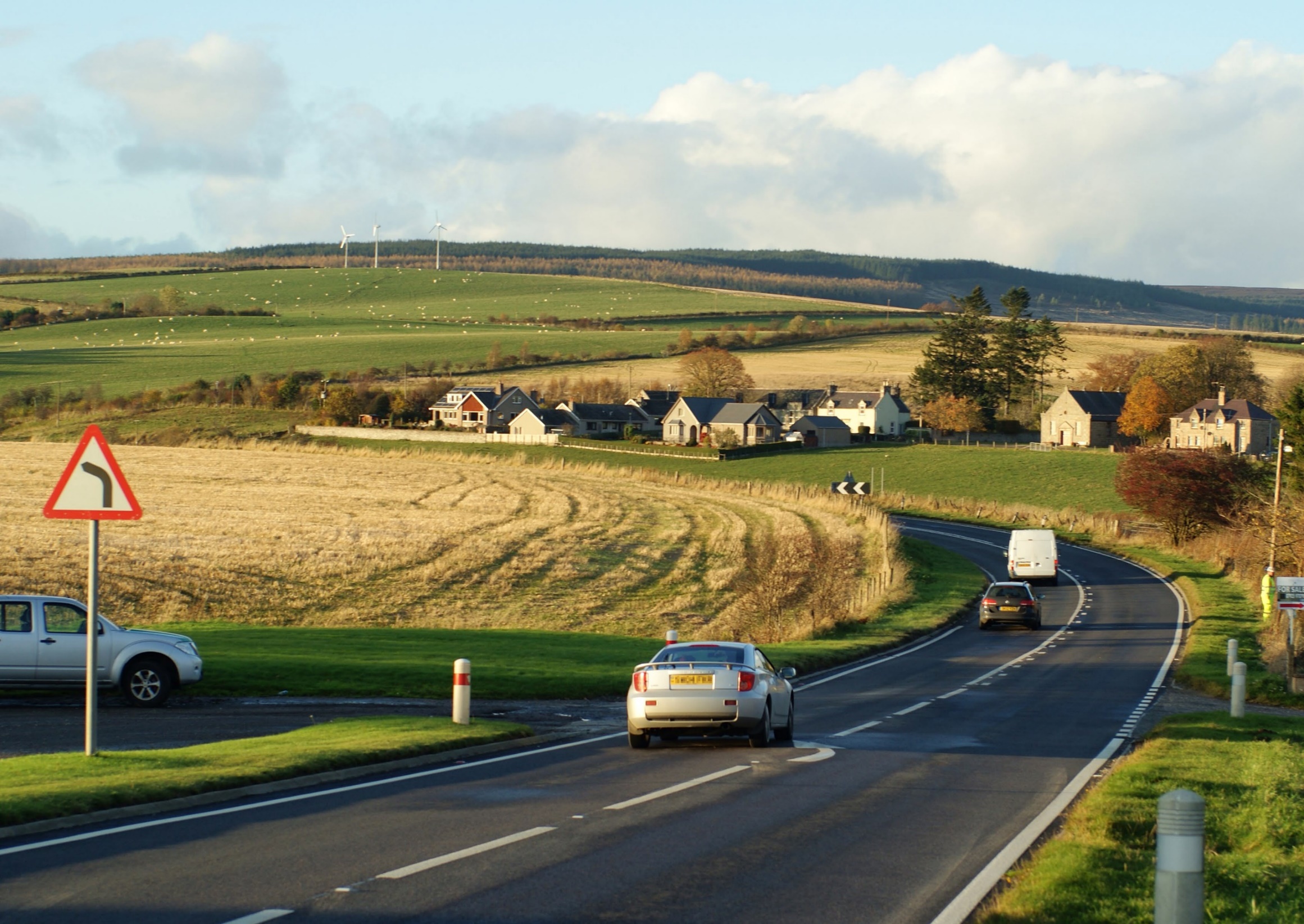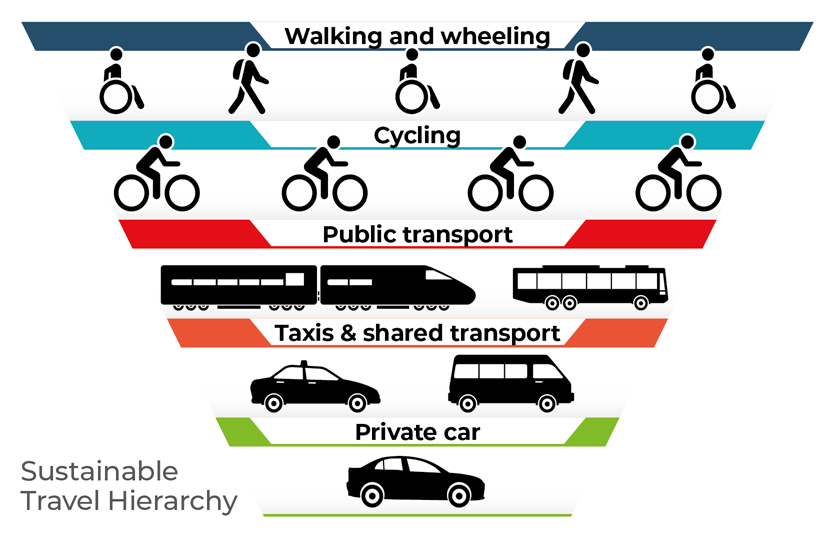How has the A96 Corridor Review been developed?
The A96 Corridor Review followed the Scottish Transport Appraisal Guidance (STAG), which is an objective-led, evidence-based transport appraisal process. An appraisal using STAG is required whenever Scottish Government funding, support or approval is needed to change the transport system. This process also ensures alignment with Transport Scotland’s second Strategic Transport Projects Review (STPR2) and industry best practice.
The four key stages of the STAG process are illustrated below. The approach includes identification of problems and opportunities, development of transport planning objectives based on these, option generation and sifting and appraisal of options against a series of criteria.
STAG process

A96 consultation and engagement
A public consultation exercise and engagement with stakeholder groups across the corridor have been key to informing the Review.
The first stage of the STAG process ( Case for Change (2022)) included identification of problems and opportunities linked to all modes of transport or the A96 corridor, drawing upon relevant data analysis, policy review and stakeholder engagement including workshops and online public consultation.
At this stage a set of Transport Planning Objectives (TPOs) were developed, in alignment with Scotland’s second National Transport Strategy (NTS2) and STPR2, but with a particular focus on the specific evidence-based problems and opportunities for the corridor. TPOs are of central importance to the STAG process, providing a clear and transparent appraisal of transport options, from initial option identification and sifting, through to the next stages of preliminary and detailed appraisal and subsequent monitoring/evaluation.


A96 Corridor Review Transport Planning Objectives (TPOs) and sub-objectives





Development and assessment of options
Although over 11,000 ideas were generated and considered, these included duplicates, options that were out of scope, options considered in other projects such as STPR2, options that did not address the identified problems and opportunities and options which were considered undeliverable. This ‘cleaning’ and ‘sifting’ process resulted in 16 options across all modes progressing to Preliminary Appraisal. Preliminary appraisal of options was undertaken against the A96 Corridor Review TPOs, the STAG criteria (Environment, Climate Change, Health, Safety & Wellbeing, Economy, Equality & Accessibility), and established policy objectives as well as other deliverability criteria such as feasibility, affordability and public acceptability. As part of the appraisal, options were aligned with NTS2 to ensure consistency with current national transport strategy, in particular the sustainable travel hierarchy and sustainable investment hierarchy.


Following consideration at Preliminary Appraisal, 13 options were taken forward to Detailed Appraisal. In recognition that several of the retained options were complementary, and therefore may give greater net benefit if delivered as a package rather than standalone options, multimodal ‘packages’ were developed and appraised against the TPOs, STAG criteria, deliverability criteria and Statutory Impact Assessment criteria. As Full Dualling of the A96 is the current plan, it has also been considered as part of the Detailed Appraisal to assess its performance against current criteria.
Parallel to the STAG appraisal, a statutory Strategic Environmental Assessment (SEA) has been undertaken to ensure the potential significant effects of the options and packages on the environment are considered.
Statutory Impact Assessments (SIAs) covering aspects such as equality and children’s wellbeing have also been undertaken.
A Climate Compatibility Assessment (CCA) has also been prepared, which seeks to establish the alignment or otherwise of the packages and Full Dualling with the identified climate change criteria, in addition to the assessments undertaken as part of the STAG appraisal.
The packaging approach identified the benefits or otherwise for a series of locations throughout the A96 corridor. However, it was acknowledged that there would be added value in separating out the benefits of individual options within each package to determine which provide the greatest contribution for both local communities and the wider corridor. An assessment of the benefits and contribution of the individual options has been undertaken, with the better performing ones combined to form an additional package, referred to as the ‘Refined Package’. Further details of the options that performed less well and the rationale for them not being included in the Refined Package can be found in the Strategic Business Case – Transport Appraisal Report (Draft). The Refined Package seeks to maximise the level of potential benefits in terms of contribution to the TPOs, STAG criteria and impact assessments, whilst optimising investment within the corridor and delivering the best value for money. A description of the options forming the Refined Package can be found on Page 18.
This Refined Package outperformed the majority of other packages whilst optimising investment within the corridor. It also outperformed the Full Dualling option, particularly in terms of impacts on the environment and climate change.